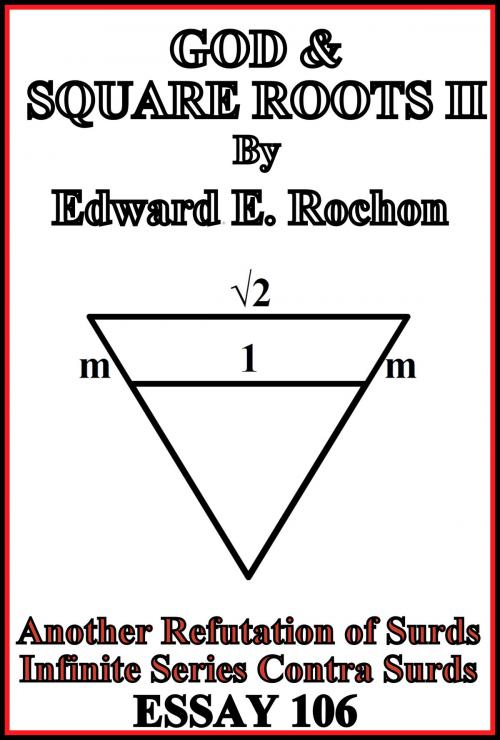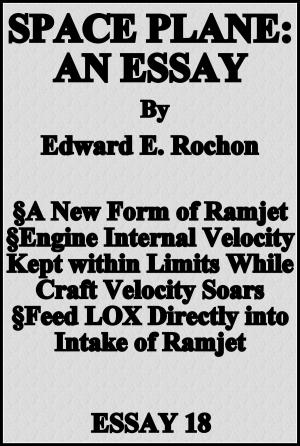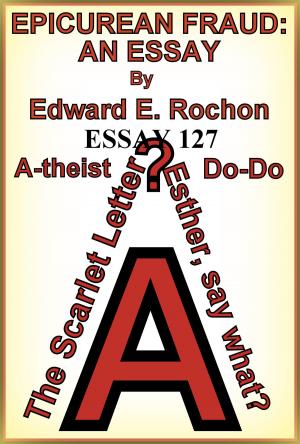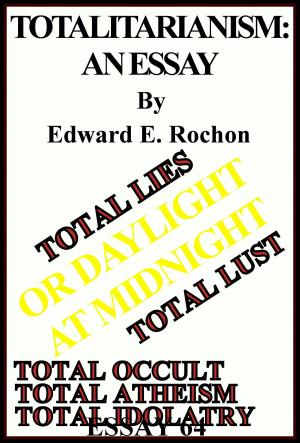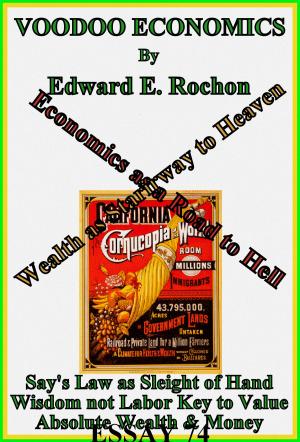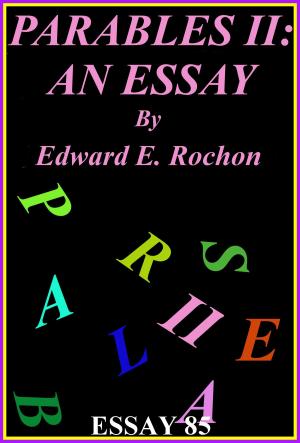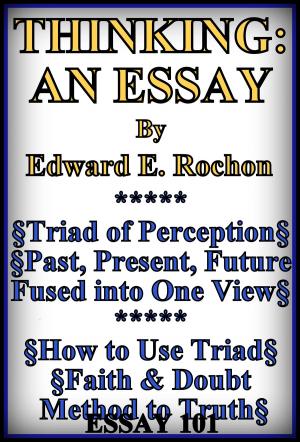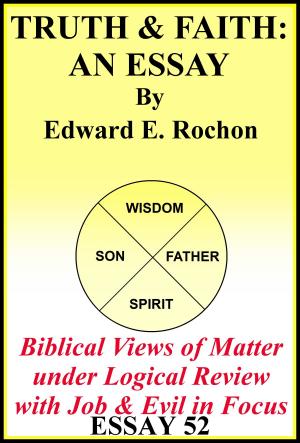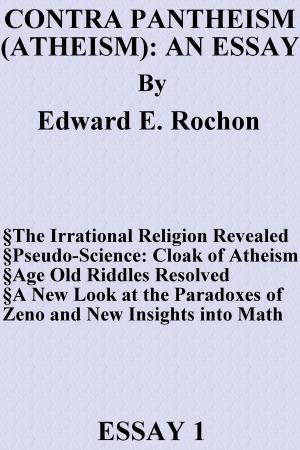| Author: | Edward E. Rochon | ISBN: | 9781370449439 |
| Publisher: | Edward E. Rochon | Publication: | September 20, 2016 |
| Imprint: | Smashwords Edition | Language: | English |
| Author: | Edward E. Rochon |
| ISBN: | 9781370449439 |
| Publisher: | Edward E. Rochon |
| Publication: | September 20, 2016 |
| Imprint: | Smashwords Edition |
| Language: | English |
My preface mentions my just published essay of the same name, less the 'II', refuting irrational numbers. That essay included a summary of my previous refutations. The subject, having recently popped into my consciousness lately, another argument came to me. Chapter 1 uses a trapezoidal figure of two sides equal to the mantissa of √2, and the two parallel sides are the unit side and the diagonal of the unit square: √2. The two equal sides (m) are commensurable by definition. The mantissa in side √2 is included by definition. These are all commensurable. I then deduct (m) or fractional parts of (m) until an infinite series is exhausted, leaving no remaining part of the unit side without a commensurable value. Hence all sides of the trapezoid are commensurable, including 1 and √2 sides. This proves that the diagonal and sides of the unit square are commensurable. To reject the infinite series, you conclude that the mantissa (m) can be zeroed out (terminated in zeros), making it commensurable with some values of subdivision with the unit side. QED.
My preface mentions my just published essay of the same name, less the 'II', refuting irrational numbers. That essay included a summary of my previous refutations. The subject, having recently popped into my consciousness lately, another argument came to me. Chapter 1 uses a trapezoidal figure of two sides equal to the mantissa of √2, and the two parallel sides are the unit side and the diagonal of the unit square: √2. The two equal sides (m) are commensurable by definition. The mantissa in side √2 is included by definition. These are all commensurable. I then deduct (m) or fractional parts of (m) until an infinite series is exhausted, leaving no remaining part of the unit side without a commensurable value. Hence all sides of the trapezoid are commensurable, including 1 and √2 sides. This proves that the diagonal and sides of the unit square are commensurable. To reject the infinite series, you conclude that the mantissa (m) can be zeroed out (terminated in zeros), making it commensurable with some values of subdivision with the unit side. QED.
